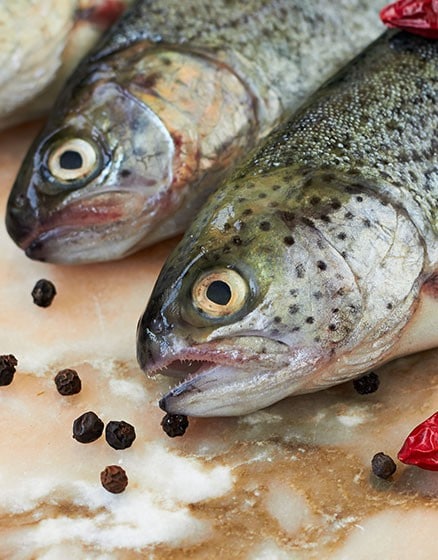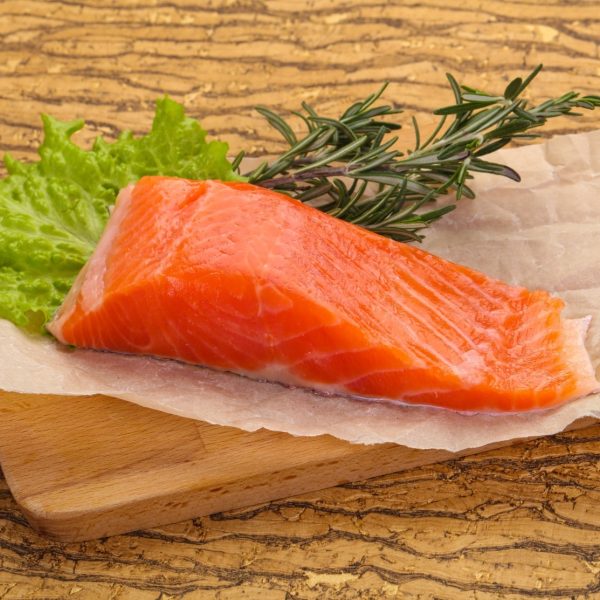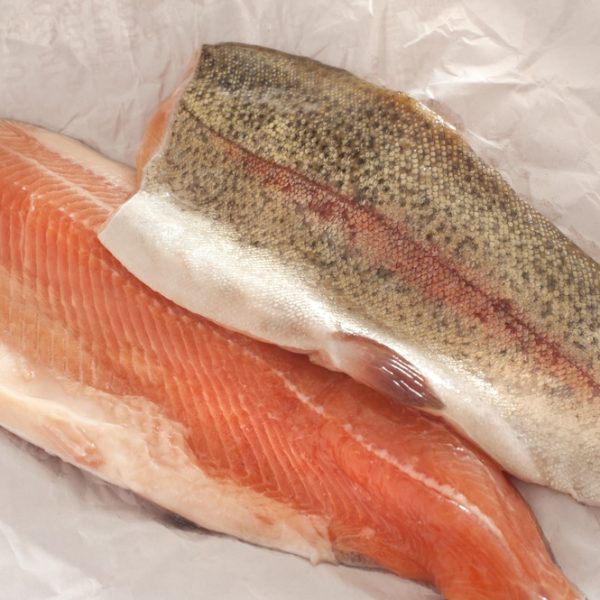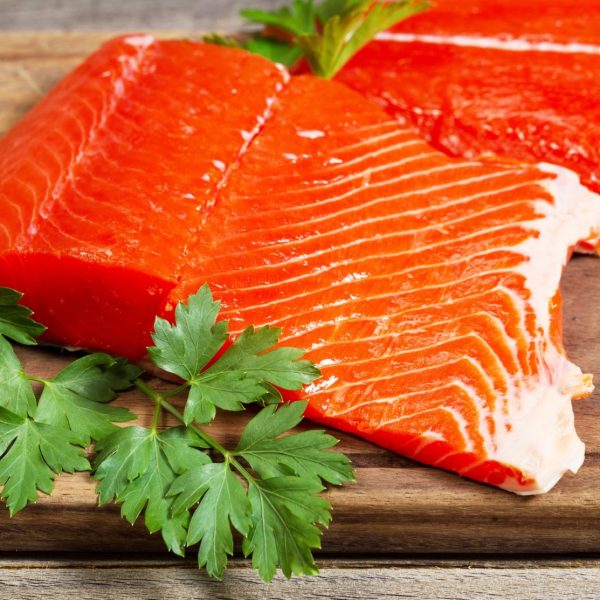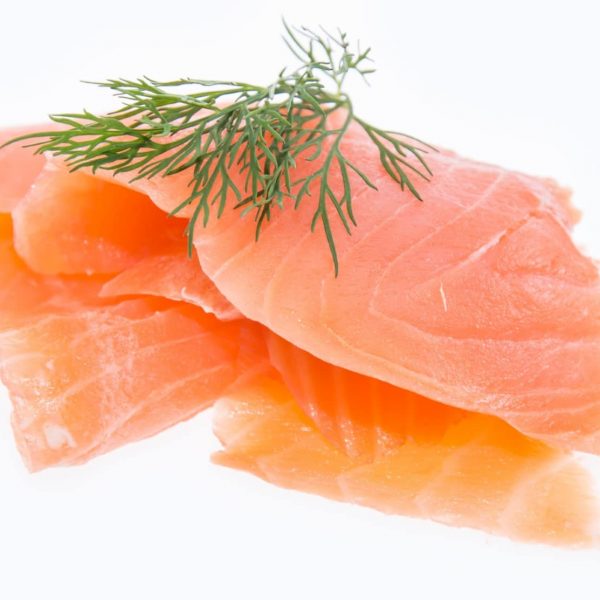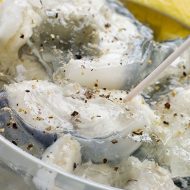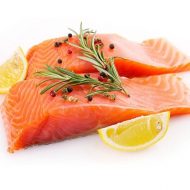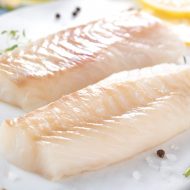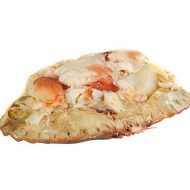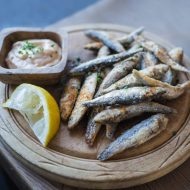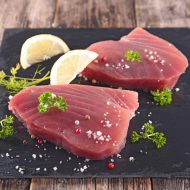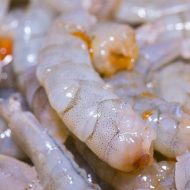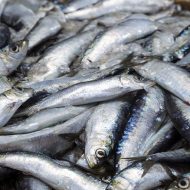The trout may be a little bony, but usually, the meat is regarded as tasty. They can grow to become huge fish and have white flesh that tastes similar to the highly prized Atlantic salmon. Trout is difficult to resist, even if you’re not so into any fish delicacy, as it offers a mild flavour with just enough ocean scent. The flavour is better when, instead of fried, the trout is broiled or baked. Frozen trout fillets are great once they are cut into steaks after being marinated in a mixture of garlic, pepper, lemon and red wine.
Processing Trout
Freshly caught fish is always of exceptional quality, but freezing helps the excess supply of trout to be stored as needed for future use. Trouts are classified as oily and fatty fish, creating a flaky texture and an irresistible taste. Like any fish, they can be preserved for a longer period in satisfactory quality by storing them in cold storage. The careful handling of the trout before storage and rapid freezing after washing helps to maintain both the consistency of the flavour and texture of the fish.
Before freezing, guttering may well be needed to make the uncut frozen fish less vulnerable to oxidation. It helps to retain the flavour of the trout by freezing the entire fish and carving it into fillets after thawing. Polyethylene sleeves for solo fish and waxed carton packaging are typically helpful in reducing the rotting and oxidation of frozen fish and seafood products.
Benefits Of Frozen Trout
Trout, as a moderately fatty fish, is low calorie. Eating fresh frozen trout lowers the risk of heart disease, hypertension, obesity, and stroke. Trouts have low saturated fat but are higher in polyunsaturated “heart-healthy” fat, particularly omega-3 fatty acids. Trouts contain a decent quantity of protein. Their lean flesh contains 20.77g every 100g of protein and a healthy ratio of essential amino acids.
All types of trout are high in vitamin A and vitamin D.
Studies indicate that these fatty acids, specifically DHA, serve an essential role in advancing the neural system, particularly in babies and young children.
Trouts are normally rich in calcium, zinc, phosphorus, potassium, and magnesium. There are also abundant essential vitamins, including niacin, vitamin E, vitamin B6, vitamin B12, thiamin and riboflavin, and oily fish. It is a valuable source of iodine in the diet too.
Why Buy Frozen Trout From Us?
The frozen trout from Frozen Fish Direct is the most healthy choice to make excellent dishes from your kitchen. We are experts in sustainable seafood and deliver seafood items of the finest quality. To bring in all the fresh flavour, our frozen trout is harvested sustainably and flash-frozen. It has much of the salmon’s tastiness and versatility but has lower fat and has higher nutrients than salmon.
Frozen Fish Direct delivers large quantities, easy-to-prepare, pre-packaged and completely 100% fresh frozen trout. You can choose from our list of varieties and contact us for delivery within the UK. Get all the fresh seafood goodness with no fuss. We only offer high-quality, healthy fish at prices of great value.
Frozen Trout Nutritional Facts
A 113-gram serving of cooked Trout provides:
Calories: 80
Calories from Fat: 27
Total Fat: 3g
Sodium: 0%
Carbohydrates: 0g
Protein: 14g
FAQs
What’s the best way to freeze trout fillets?
Ideally use a good quality freezer for an extremely cold temperature. Let the water freeze, and continue the cycle until the fish has about 1⁄8- and 1⁄4-inch thick ice glaze. You can then vacuum-seal the fillets for storage or seal them in plastic packaging.
Is frozen trout better?
Frozen trout can retain the best quality in the freezer for around 9 months if properly handled, but will usually still be safe and healthy to consume after that. Commercial frozen trout would usually have the "Best By" date, although this is not a safety date, it is the supplier's estimation as to how long the frozen trout will last at optimum condition.
Can I directly cook the trout from frozen?
Frozen trout may be served whole or as fillets. If you can afford an extra cooking time, they can be cooked without even being defrosted. It takes about 30 minutes to thaw frozen trout under cold water. However, if you intend to bake the frozen trout, you should preheat the oven to 450 ° F or 230 ° C.
So how would you know when trout has gone bad?
A slimy, dense, slick coating and a fishy smell are some typical characteristics of bad fish. White or greyish-brown dry spots, labelled as freezer burns, on the sides of the fish or above the surface, suggest that the frozen fish has dried up. An indication that moisture within that fish has evaporated if it has become lighter as compared to its weight before placing it in the freezer. Such signs would not make the trout unhealthy to eat, but the texture and flavour will be affected.
How to thaw frozen fish?
Prepare a big bowl of hot water, put the frozen fish in a ziplock bag and dip the bag for 5 minutes in the hot water. And use a little container to weigh it down if the vacuum-sealed fish is bobbing about.

